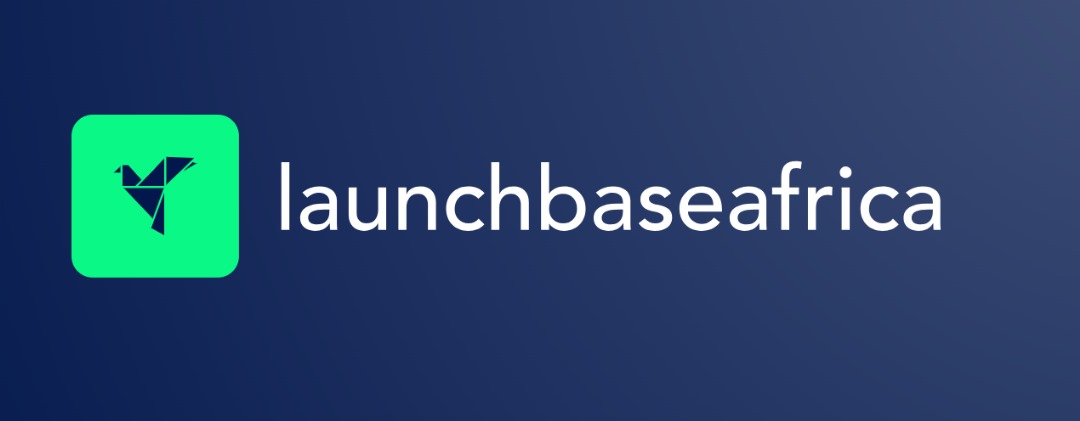As Africa’s fintech revolution pushes deeper into the continent, Cameroon is fast emerging as a new strategic battleground. Once peripheral to the continent’s digital finance boom, the Central African country is now attracting heavyweights like Nigeria’s Flutterwave, Senegal’s Wave, and Paris- and Dakar-headquartered Cauri Money. The stakes are high — but so are the risks.
Cauri Money became the latest entrant, unveiling “Gajo Money,” a cross-border digital wallet built to serve the Cameroonian diaspora in Europe. The product allows users to send money, pay bills, and manage family expenses remotely — an offering tailored to a migrant community that sent over $600 million back home in 2024, according to the World Bank.
The fintech is betting big, setting an ambitious transaction volume target of €120 million by the end of 2025. To ensure regulatory access, Cauri partnered with Bourse de la Financière (BFI S.A.), a locally regulated credit institution under the supervision of the Central African Banking Commission (COBAC).
“We are focused on building through local institutions and tailoring our services to the realities of each market,” said Cauri’s CEO, Lamine Tall, during the Yaoundé launch. The company also announced the creation of the Cauri Money Investors Club (CICM-600), aimed at mobilising 600 African professionals to support its growth via capital, skills, or networks.
Cameroon is just Cauri’s second market after Senegal, but the company sees it as a stepping stone to broader expansion across Francophone Central Africa.
Cauri joins an increasingly crowded field. Just weeks earlier, Flutterwave secured a digital payments license from the Bank of Central African States (BEAC) via a partnership with Ecobank Cameroon. The Nigerian unicorn is now operational in the country, offering merchants payment processing options spanning cards, mobile money, and bank transfers — all settled in the local CFA franc.
Flutterwave’s CEO, Olugbenga “GB” Agboola, called the move “a long-term engagement” and stressed Cameroon’s importance in the region’s digital economy. Bode Aregbesola, Flutterwave’s regional sales lead, added that the company’s infrastructure could serve everything from local SMEs to multinational brands operating in Central Africa.
Senegalese-American fintech Wave also quietly entered the country in June. It secured regulatory approval from COBAC to operate under a local partnership with Commercial Bank Cameroon (CBC). The arrangement allows CBC to offer Wave-branded services, such as bill payments and peer-to-peer transfers — although not mobile money issuance, which remains tightly regulated. It’s a reminder of just how technical and segmented fintech licensing in Central Africa can be.
Wave’s Cameroon launch follows a major €117 million debt raise led by Rand Merchant Bank and development finance institutions including British International Investment, Norfund, and Finnfund. With a footprint in eight countries, a user base of 20 million, and an agent network of 150,000, Wave is one of the region’s fastest-scaling fintechs.
A Regulatory Reckoning Looms
But the fintech gold rush into Cameroon coincides with a regulatory tightening. In June, the Ministry of Finance issued a sweeping directive: all fintech companies offering digital payments, loans, transfers, or crowdfunding services must obtain a formal payment institution license by August 2025 — or shut down.
The new rules also compel public agencies and private companies to stop working with unlicensed fintechs, signalling a clear pivot toward regulatory enforcement. Non-compliance could result in sanctions under Article 84 of CEMAC’s 2018 financial regulations.
While players like Flutterwave and Wave have strategically partnered with licensed banks to navigate this environment, many smaller operators face a moment of reckoning. The directive mirrors similar crackdowns in West Africa. Earlier this year, the Central Bank of West African States (BCEAO) began shuttering unlicensed fintechs in Senegal and Côte d’Ivoire — causing payroll disruptions, suspended remittance flows, and delayed VC disbursements.
Cameroon’s pre-emptive strike appears to be a lesson learned from its western neighbours. But there’s widespread concern about whether COBAC and BEAC have the administrative bandwidth to process fintech license applications at startup speed.
A Market Still Haunted by YUP’s Failure
The fintech momentum in Cameroon is still tempered by memories of high-profile failures. Chief among them is YUP, Société Générale’s mobile money initiative launched in 2017. Backed by investors including Allianz and the Cameroonian government, YUP struggled to find traction and shut down operations in 2022.
At its peak, YUP had just 689,000 users in Cameroon — of whom only 22,000 were active. In contrast, Orange Cameroon alone counted over 10 million mobile money accounts, commanding more than 70% market share. The collapse of YUP reportedly cost backers around $8 million and underlined the dominance of incumbent telcos like MTN and Orange, who had already built out deep agent networks and brand trust.
YUP’s failure is an exemplary tale. Even well-capitalised, bank-backed platforms can stumble in Cameroon if they underestimate regulatory frictions, entrenched players, or user behaviour patterns.
A Market Too Big to Ignore — but Not Easy to Crack
Despite the risks, Cameroon is no longer a marginal market. In 2022, it accounted for 71% of all mobile money transactions in Central Africa, totalling more than €90 billion, according to BEAC. That growth has attracted attention — but the country’s financial ecosystem remains fraught with contradictions: rapid digital adoption coexisting with slow-moving regulators and a fragmented compliance environment.
For fintechs, success will require more than just capital and product — it will demand local partnerships, deep regulatory navigation, and a willingness to play a long game.
The prize is real, but so is the possibility of miscalculation. As the newest fintech giants arrive in Cameroon, they do so with ambition — but also with the ghosts of past failures at their heels.


